Drivers
Loudspeaker chassis units
One of the most important things in the design of a loudspeaker is the choice of the loudspeaker units that come in the loudspeaker.
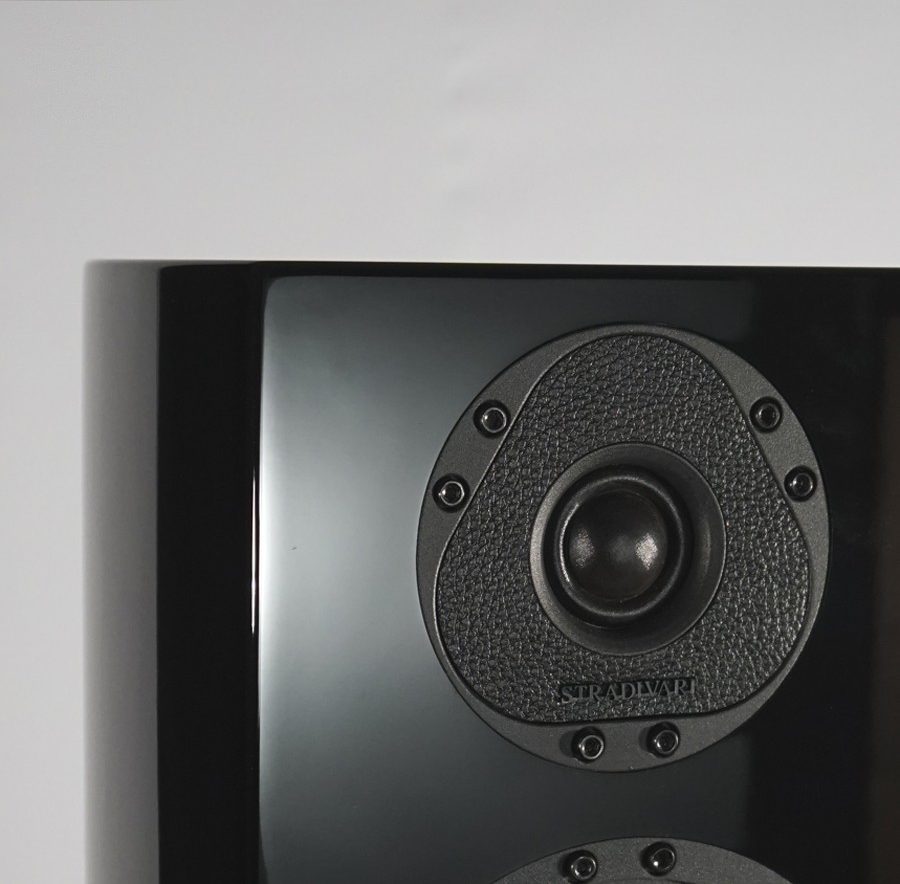
The principle is relatively simple. A coil is put into an electromagnetic field and then put into motion. This is connected to the cone and the cone is connected with the air which takes over the movement.
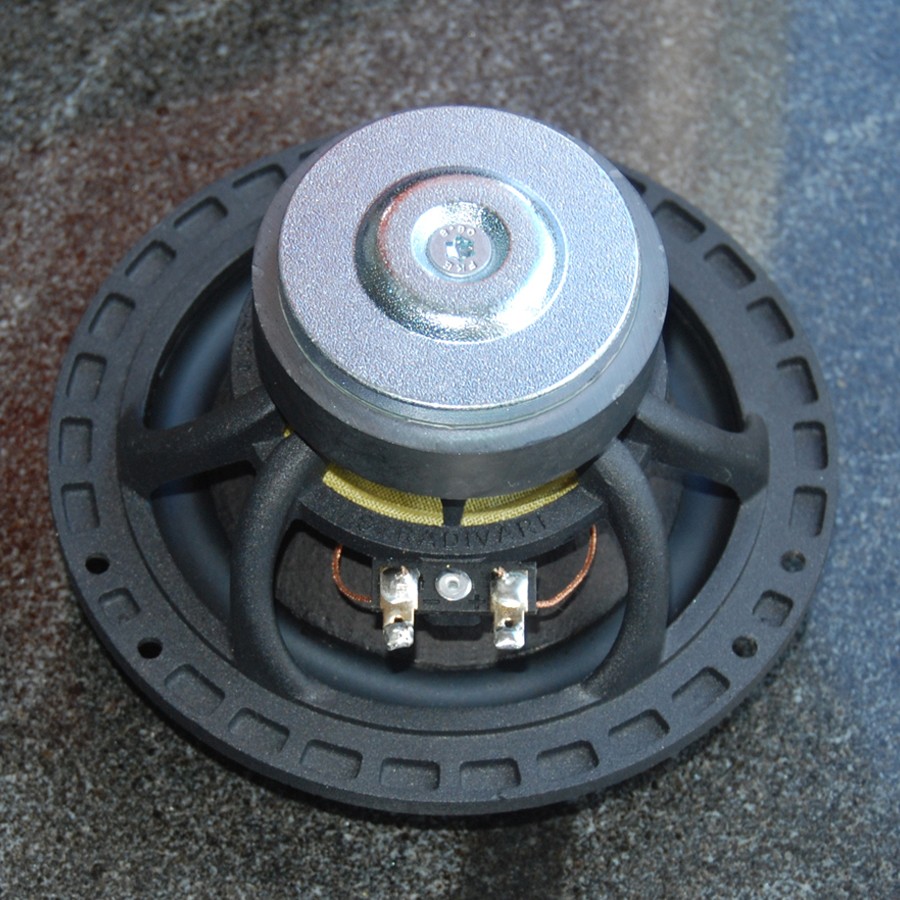
Although this seems simple it is in fact unbelievably difficult with coloration and distortion of the tone. The most common cause is the use of cone membranes which are too soft or too thin. For example polypropylene or other similar materials such as TPX, HD-A, HD-1 Neoflex and bextreen are soft materials with an extremely high absorption.
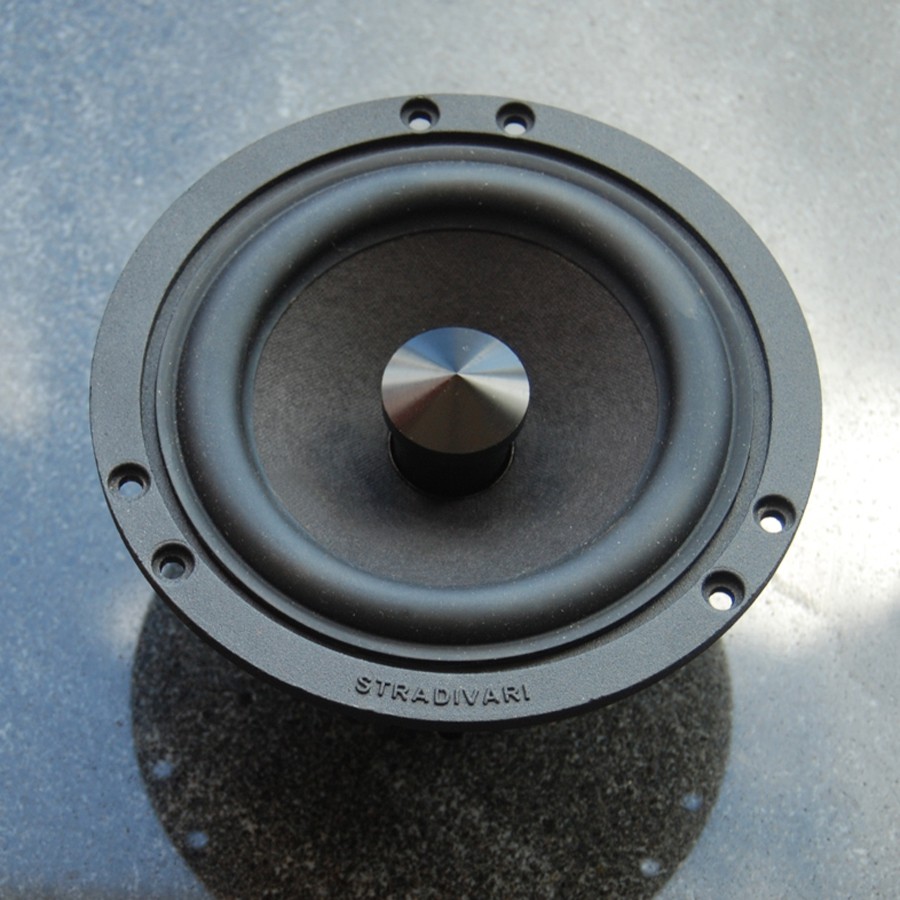
The absorption is not a problem if it is in relation to stopping the movement if the movement is no longer required; the problem is getting the core started. The coil tries to set the cone in motion but because of the softness of the material, it moves further from the coil in slow motion. This causes the speakers to sound dull and slow. Too warm and dull, details are missing and the bass playback is not tight, making a plastic-like, distorted sound.
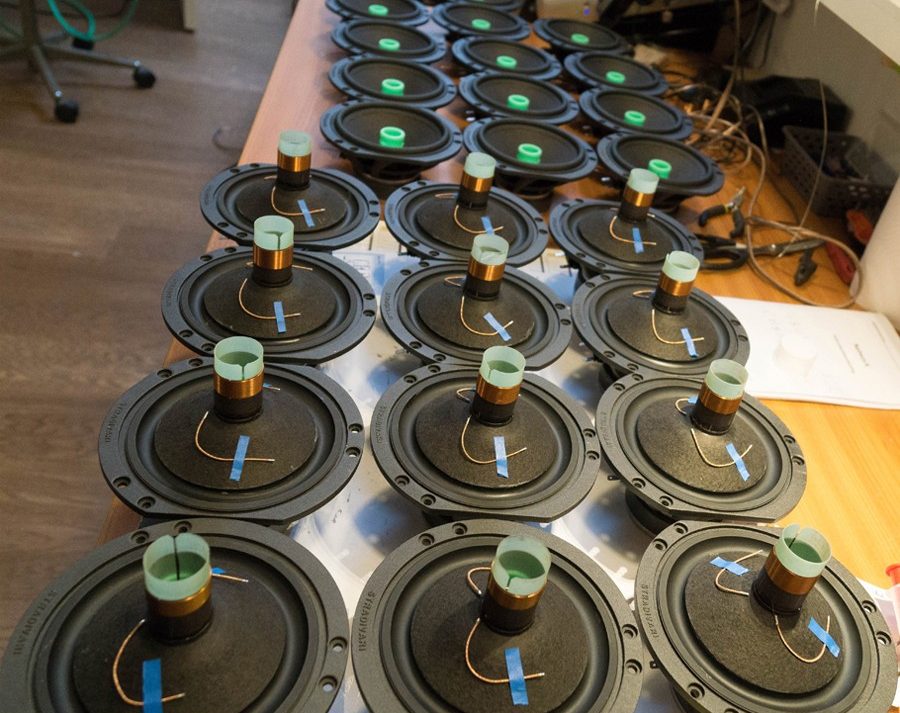
On the other hand there are the hard materials, such as aluminium, carbon, fibreglass and ceramic materials (Thiel-Accuton),(aluminium dioxide) diamond, aramid fibre (Kevlar). These are very hard and have very little absorption within. These have a tendency to sound cold and lifeless. Aluminium, carbon and fibreglass sound mainly cold, hard and sharp. Ceramic materials and Kevlar sound lifeless, flat and shrill. Natural variations within the soft and hard materials can be found to obtain a route in-between, which works sometimes but very rarely.
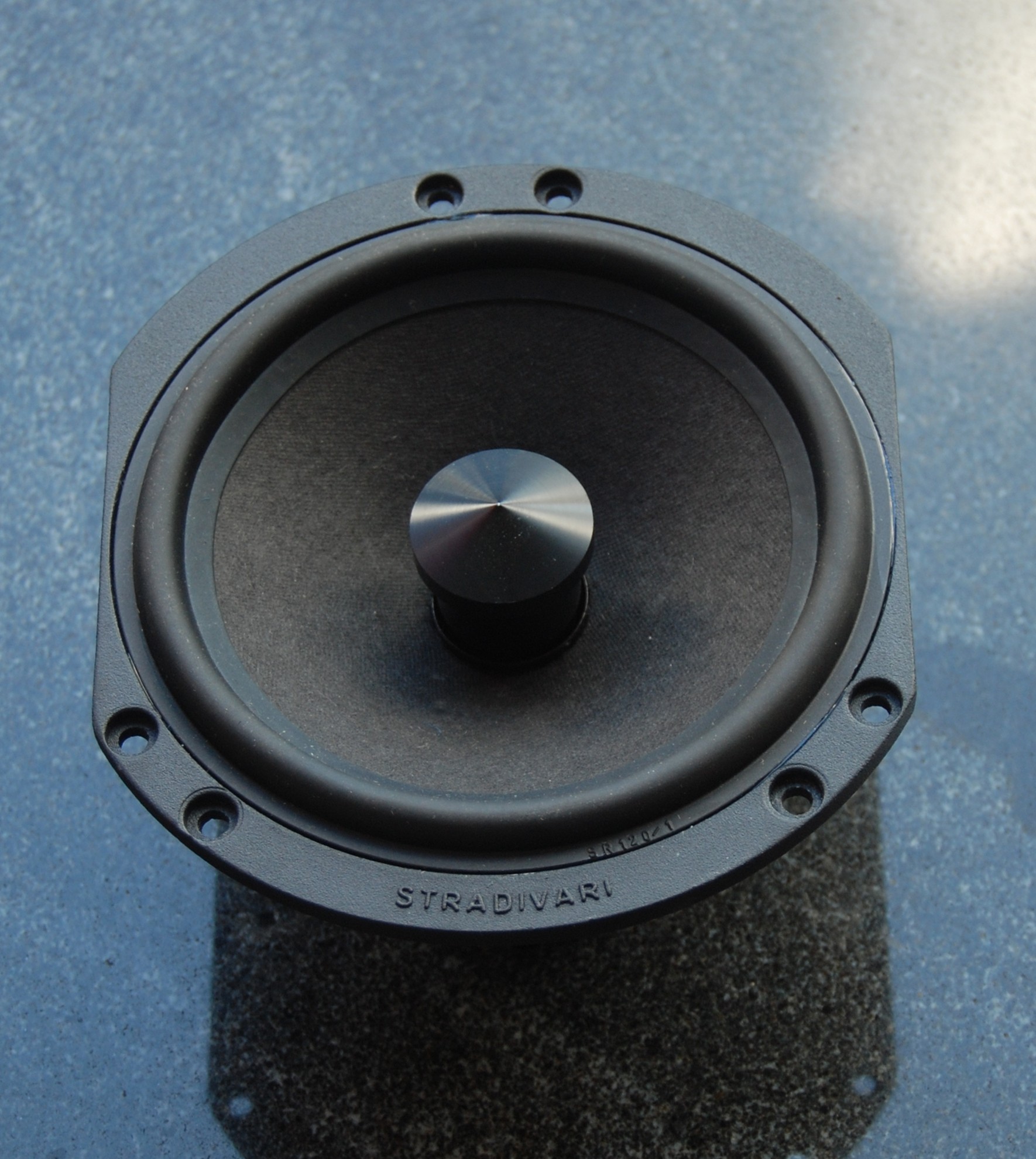
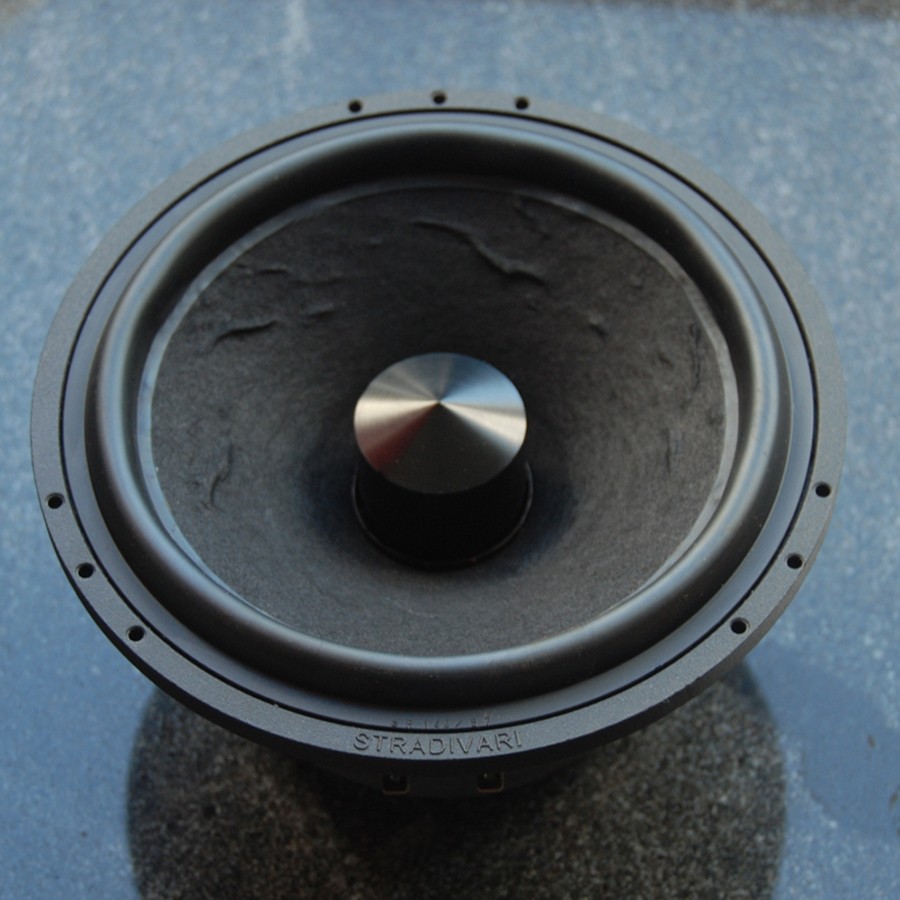
Paper with an absorbing and stiffening material still seems to be ideal. The material created by trees over millions of years of evolution still seems to have the best properties. Trees should not bend too much in the wind. They should be firm and solid with the trunk and branches reaching into the air. Simultaneously they must be able to move with the wind and not resist otherwise they would break. They must also be light and strong. These are all the properties which a cone should have. Nature has developed this over many years. Wood and paper are not just anything, they are actually very special.
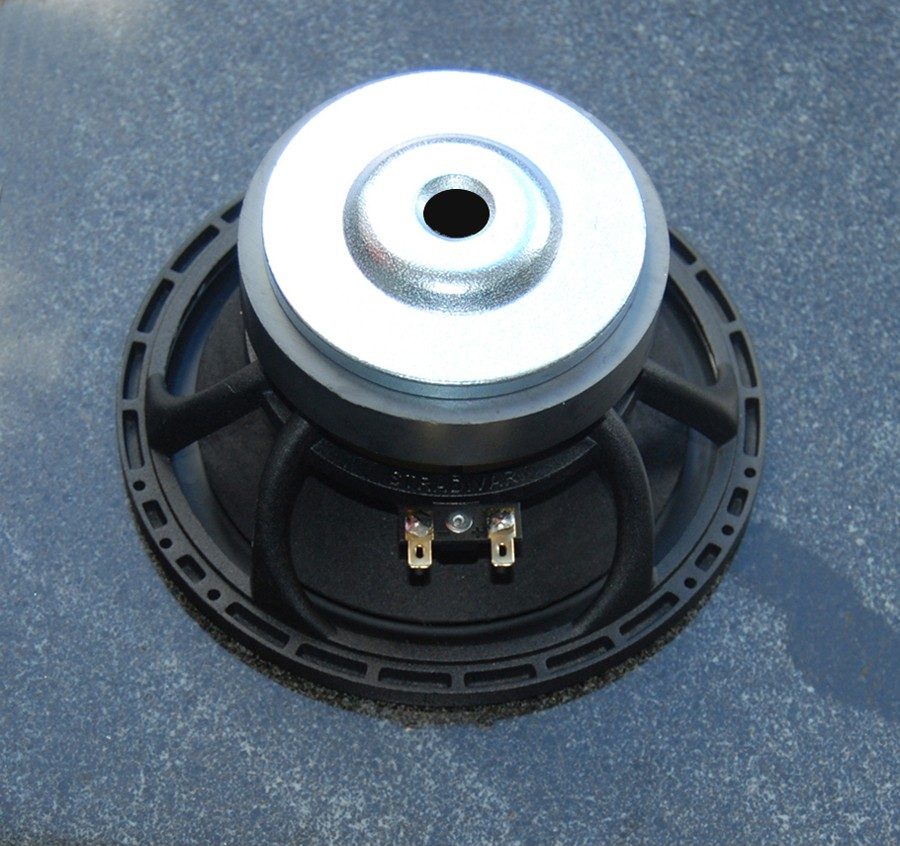
However, each paper cone is not the same as another, there are many differences which we are not going to elaborate on now. Another feature is the mass of the cone. This must be able to be put into motion and if the signal has stopped then it must stop. In practice, a ratio of approximately 0.09 gram per square cm gives a sufficient, quick and transparent sound.
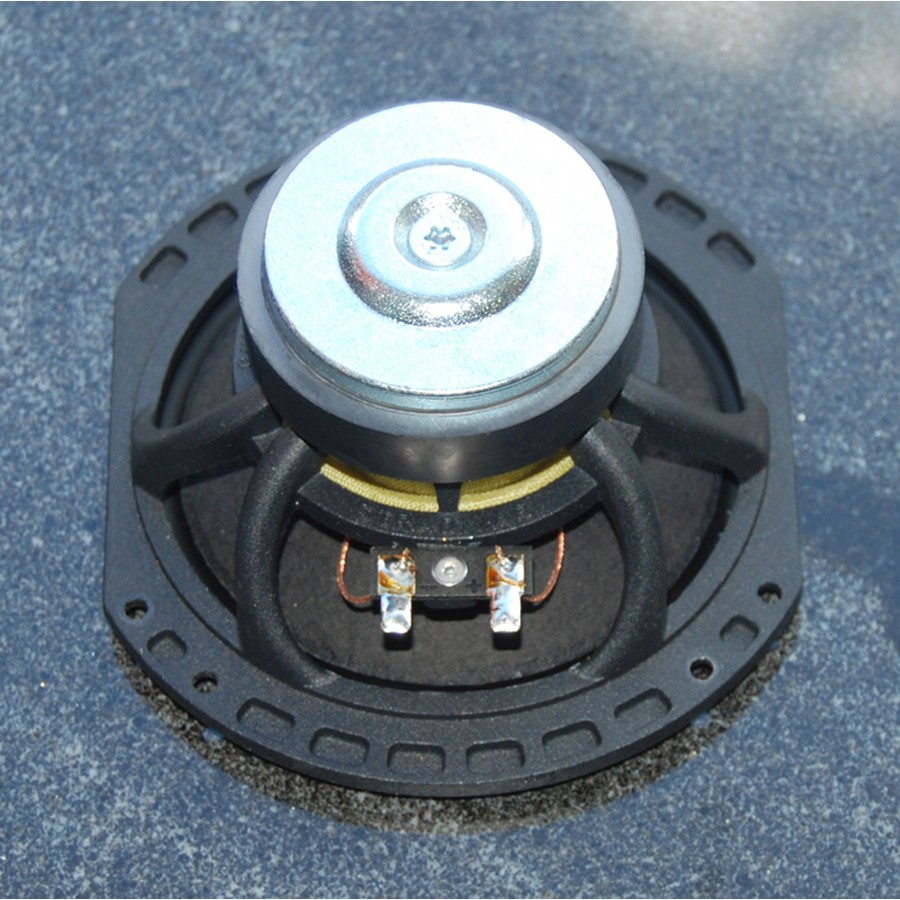
If this is much higher then the loudspeakers have a tendency to sound dull. Scanspeak has problems with this. Although many properties are perfect, a superb absorption and rigidity, many of the units have a large moving mass and therefore lack the desired transparency and airiness. There is one subtle, noticeable change with some of the more expensive scanspeak units with an under hung drive (a much lighter coil), the loudspeakers come much closer to the ideal mass / surface ratio.








